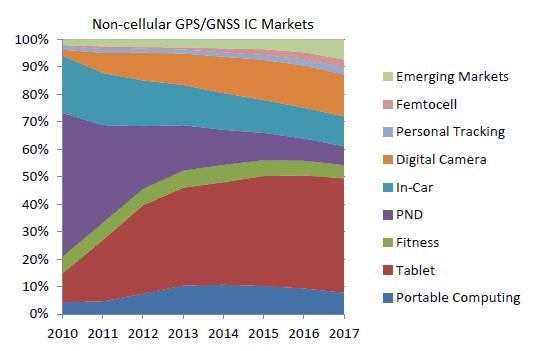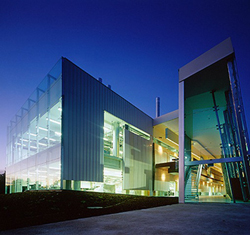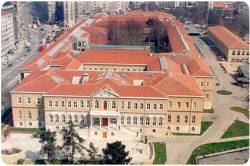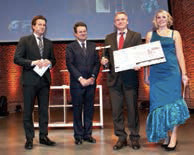Longer Show Hours, Fewer Days for ION GNSS 2013 Exhibitors
 ION GNSS 2012
ION GNSS 2012Companies who exhibit at the Institute of Navigation GNSS conference next September will have longer exhibit hall hours to work the floor – but fewer days to do so – at the 2013 event in Nashville, Tennessee.
Based on feedback from exhibitors, ION will eliminate the Friday hours for the industry show and increase the Wednesday and Thursday hours next year.
By Inside GNSS














